Don’t throw out those veggie scraps! Turns out, you can transform them into your own mini veggie garden. Here’s how.
Starting a vegetable garden can seem like a huge undertaking, especially if you don’t have a lot of time, land, or funds to get it off the ground.
Luckily, there’s a way to grow your own veggies and herbs in a way that’s quick, easy and cheap!
To start your own vegetable garden, all you need are the “scraps” from many of the veggies you already enjoy. It turns out the commonly discarded stems, shoots, and seeds of these plants will regrow themselves with a minimal amount of effort on your part.
So next time you’re about to throw away a stalk or stem, take a minute to check out the list below and see if you can regrow it yourself from veggie scraps!
Green Onions
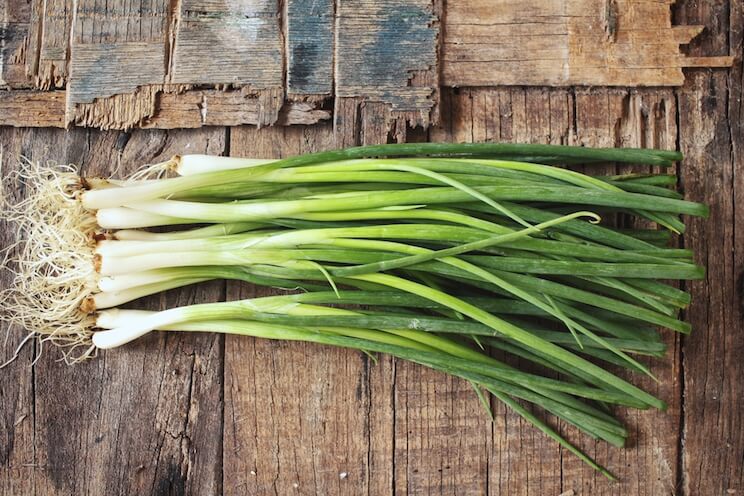
Green onions, also known as spring onions or yard onions, are one of the easiest vegetables you can regrow again and again, right in your kitchen.
How to re-grow green onions:
Cut the onion stems an inch from their bulbs. Submerge bulbs in a small glass of water and place in a sunny spot. Change the water regularly and you should have new shoots in roughly 10 days.
Sweet Potatoes
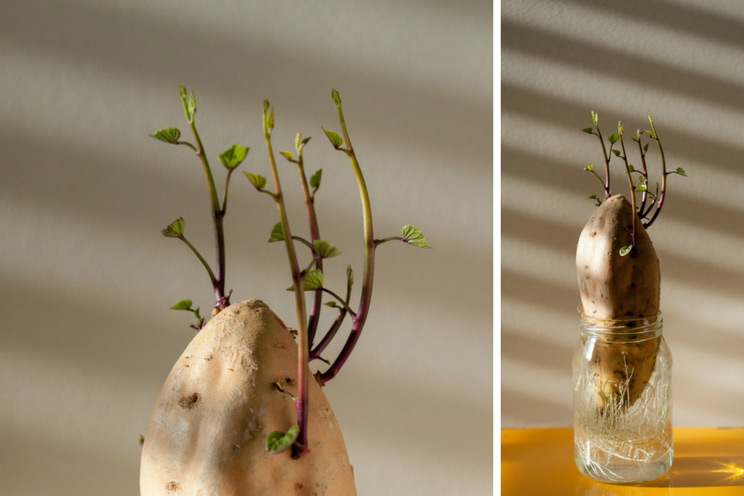
Who wouldn’t want an endless supply of free sweet potatoes? They make a filling and satisfying addition to any meal, and regrowing them saves you several bucks at the market.
How to re-grow sweet potatoes:
Get hold of a firm and healthy sweet potato (if it’s already starting to sprout, you have a head start). Place the sweet potato in a jar of water, leaving out a few inches at the top. Change the water regularly and place in a sunny spot.
Let the sprouts that grow off the potato reach 5 inches in length, then cut them off. Place these in water until they grow roots. Once they have roots, transfer them to a large planting pot. In a few months, you’ll have home-grown sweet potatoes.
Tip: Always choose organic sweet potatoes to regrow, since conventional sweets are sprayed with anti-sprouting chemicals to extend their shelf life.
Avocados
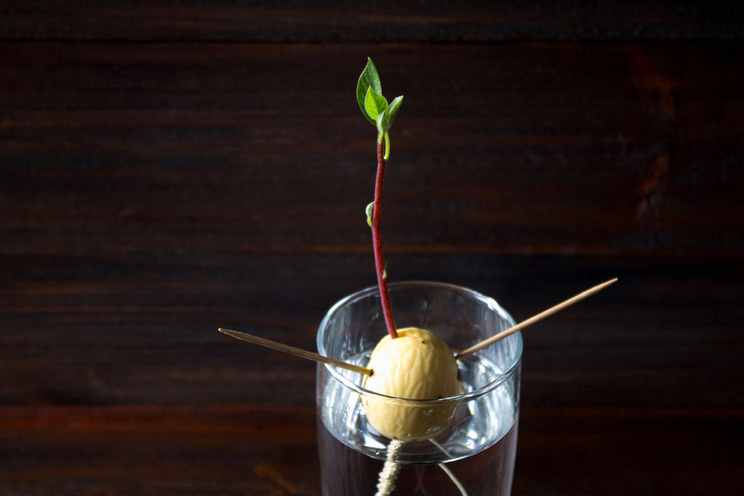
Most are surprised to learn that you can start your own avocado tree right from an avocado pit. Imagine: all the free avocados you could ever ask for.
How to re-grow avocados:
Wash your avocado pit and stick three toothpicks into each side so that it can be suspended over a glass of water. Fill your glass until an inch of the bottom of the seed is covered. Place in direct sunlight and wait 2-6 weeks for the pit to sprout.
When the stem is about six inches long, cut it back to three inches and let it grow again until leaves grow. Now, place the pit into a 10-inch diameter pot filled with moist soil. Leave half of the pit exposed and water frequently.
Once you have a small tree, consider a spot in full sunlight to plant it. Be sure that it still gets plenty of water as it grows. Note: avocado trees are tricky to grow, so this will take a lot of patience.
Romaine Lettuce
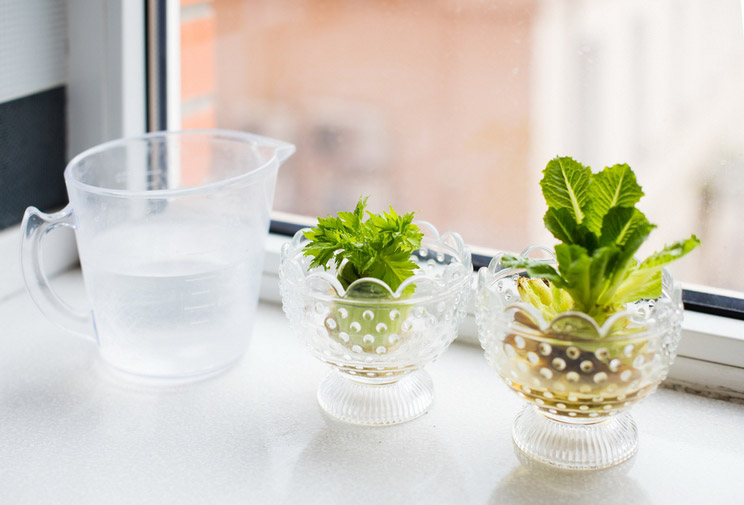
Regrowing a nutrient-rich salad from the one you’ve just eaten seems slightly magical. Just go with it.
How to re-grow romaine lettuce:
Place lettuce stump in a glass filled with a half an inch of water. Wait a few days, refilling the water as needed.
Once the leaves start to regrow, you can plant it in a pot with soil. Place by a window sill. From here, you can harvest baby romaine when it’s still small or wait until you have a full head of romaine.
Cabbage
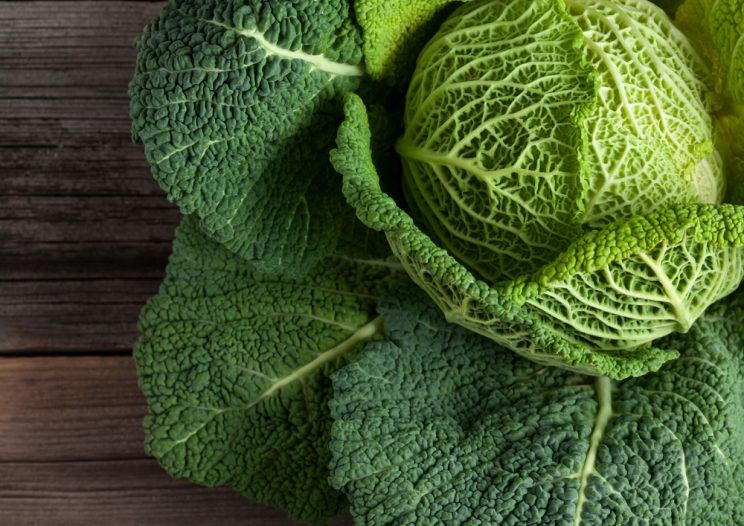
Cabbage is such a versatile veggie – it would be a waste to not try and grow your own patch.
How to re-grow cabbage:
Place the cabbage stump a bowl with a small amount of water in the bottom. Place in a sunlit area and mist the leaves often to keep them hydrated. When you see roots and new leaves appearing, transfer the cabbage to soil. Harvest when fully grown, then repeat.
Basil

Fragrant basil livens up any dish (yes, we’re thinking of endless marinara sauce).
How to re-grow basil:
Choose several four-inch stems from a basil plant. Remove nearly all the leaves, leaving a few at the tops. Put the stems in a jar or glass of water and place in a sunlit spot. Change the water every other day.
Once the roots grow to two inches, place each stem in a 4-inch diameter pot. Keep in the sun and water regularly. Once the basil reaches full size, harvest it as-needed (just don’t take all of the leaves at once).
Celery
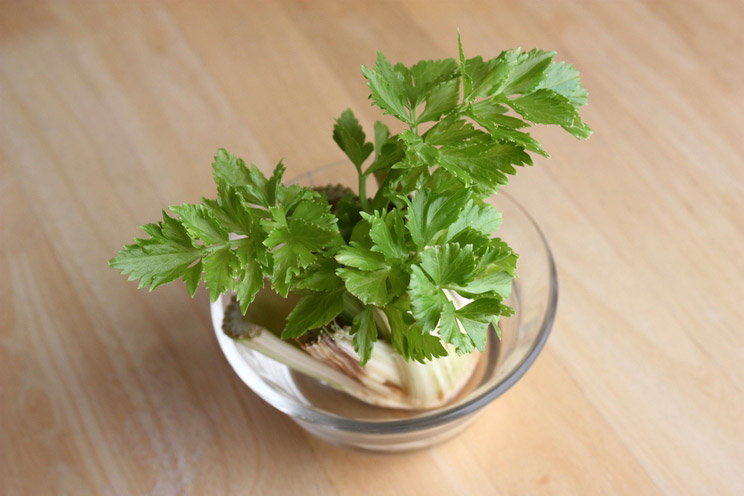
Crunchy, tasty, and convenient. Just when you thought celery couldn’t be an easier snack to have on hand, you discover you don’t even have to go to the store to get it.
How to re-grow celery:
Place the celery stump in a shallow bowl of water. Set it in the sunlight for about a week, changing the water every other day while also misting it. After seven days, move the celery to a pot or garden, covering everything but the leaves at the top with soil. Soon new stalks will begin to regenerate, along with more leaves. Harvest after the celery is fully grown.
Bok Choy
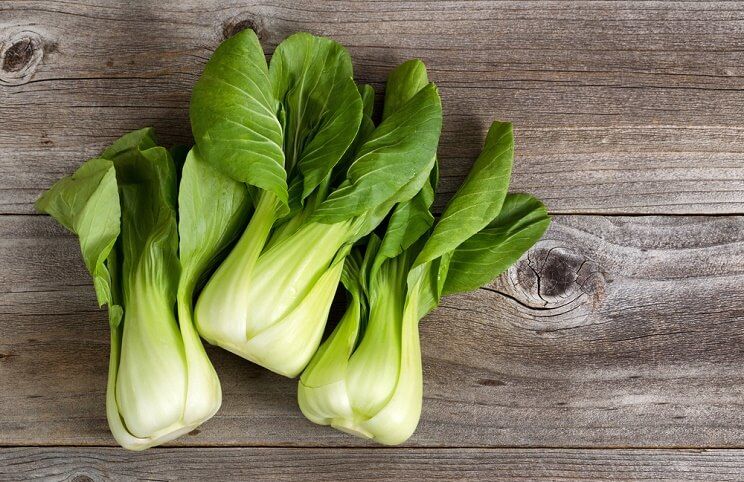
Like cabbage, bok choy is another cruciferous veggie that will regrow itself.
How to re-grow bok choy:
Place the bok choy stump in a shallow bowl of water (about ¼-inch). Replace the water every other day for a week. You’ll soon see regrowth around the base.
Once this growth happens, transfer the bok choy to a pot or garden. Cover the entire plant minus the new growth with moist soil. Wait a few months to harvest your fully-grown bok choy.
Ginger

Ginger is an amazing spice to always have on hand, especially for tummy aches and digestive troubles. Luckily, it regrows from its own scraps.
How to re-grow ginger:
Simply pull off a piece of ginger from a fresh root and place it in potting soil, small buds facing down. Place in indirect sunlight.
Harvest the entire bulb and shoots after about 3-4 months of growth. Break off a piece and start again.
Leeks
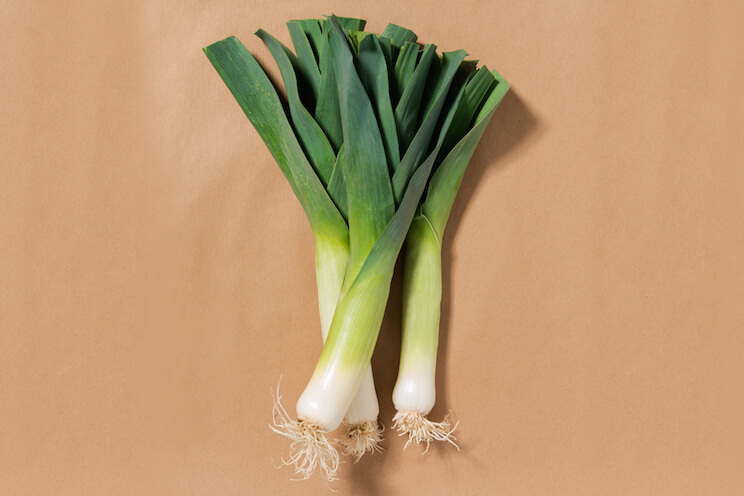
Leeks are a flavor-rich veggie that’s great for roasting or adding to stews. They regrow in a similar way to green onions.
How to re-grow leeks:
Cut the leek stems an inch from their bulbs. Submerge bulbs in a small glass of water and place in a sunny spot. Change the water regularly. After about 10 days, you should have new edible shoots.
Pumpkins
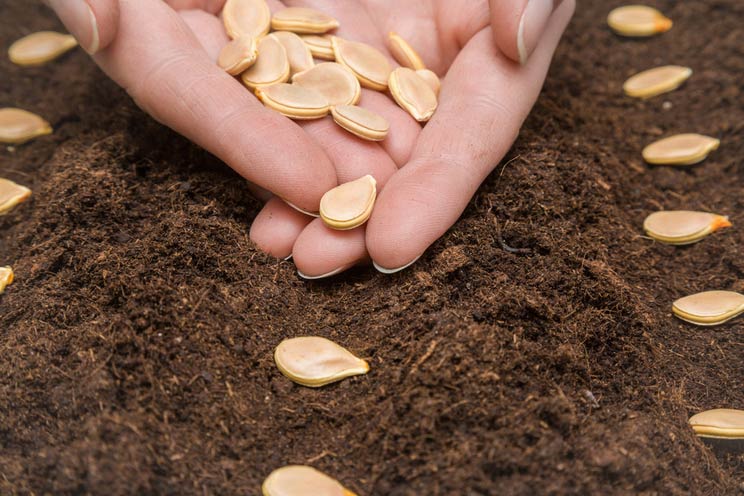
If you’ve ever dreamt of having your own pumpkin patch for fall, don’t toss those pumpkin seeds!
How to re-grow pumpkins:
Scatter pumpkin seeds in rich garden soil in a sunny area. Cover with soil and let the seeds do the rest! Alternatively, many gardeners say that you can bury a whole pumpkin and it will regrow itself, so keep this in mind if you have extra or don’t feel like harvesting the seeds.
Keep your region and local weather in mind to determine the best time to plant pumpkins in order to harvest them by fall.
Who would have thought that almost everything you need to start your own veggie garden was sitting right in the food you’re already eating? Save their scraps and you’ll see that nature’s bounty is indeed endless!

(Read This Next: 6 Ice Cube Beauty Hacks)


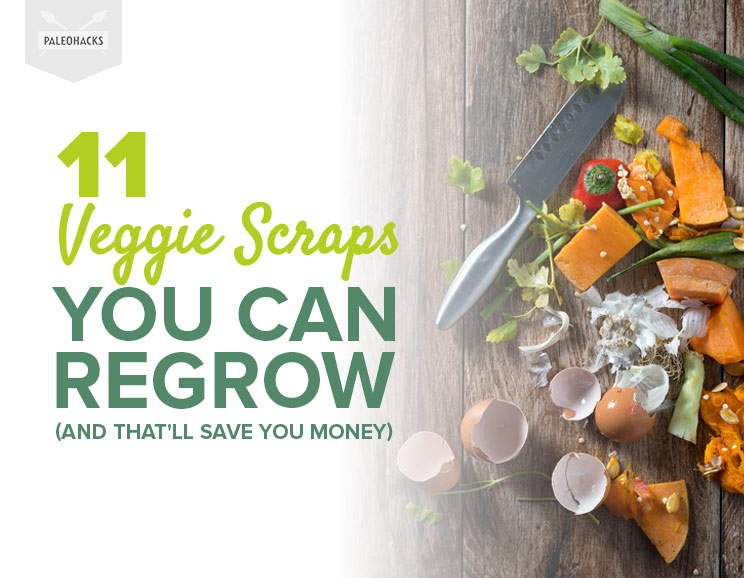
 31 Snacks to Help You Survive the AIP Diet
31 Snacks to Help You Survive the AIP Diet



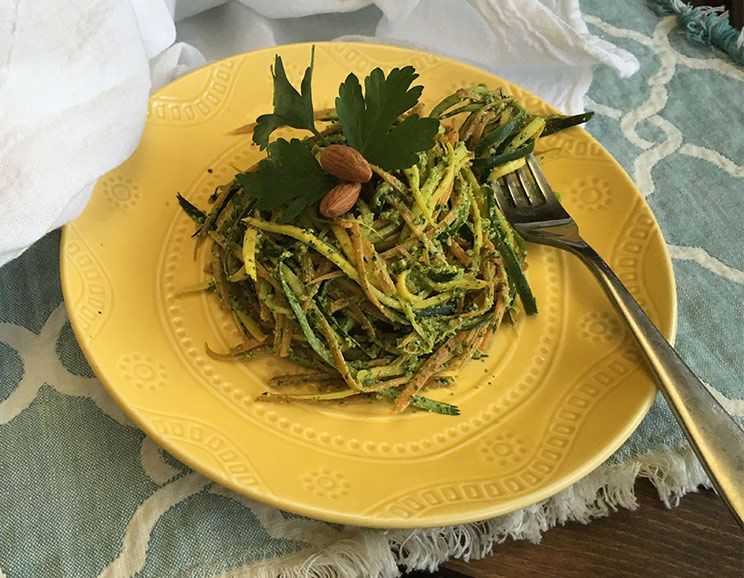



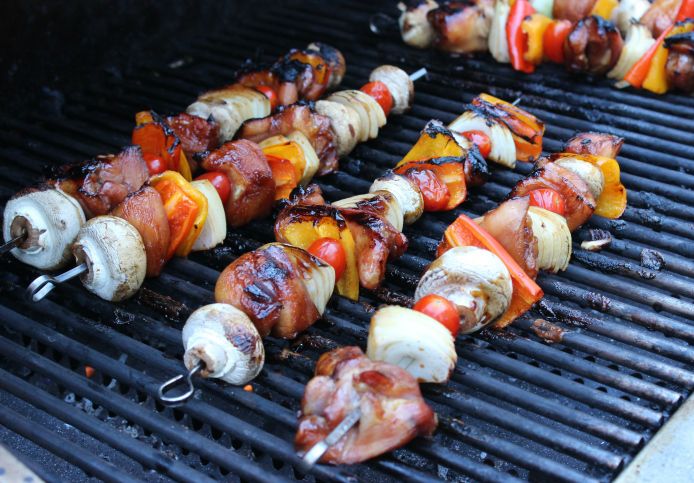
Show Comments